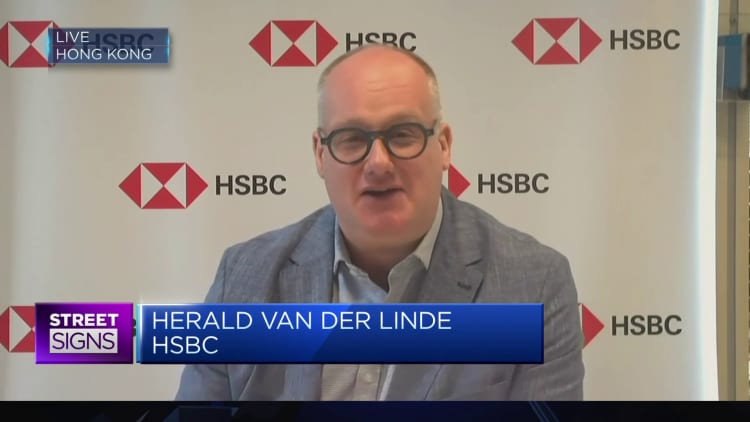[ad_1]
Pictured below is a business home unfinished on March 20, 2024, in Nanning, funding of the Guangxi Zhuang self-governing area in south China.
Future Posting|Future Posting|Getty Images
BEIJING â $ ” China’s financial stimulation is shedding its efficiency and is even more of a technique to acquire time for commercial and intake plans, S&P Global Scores elderly expert Yunbang Xu stated in a record Thursday.
The evaluation utilized development in federal government costs to determine financial stimulation.
” In our sight, financial stimulation is a buy-time method that might have some longer-term advantages, if jobs are concentrated on revitalizing intake or commercial upgrades that raise value-add,” Xu stated.
China has actually established a target of around 5% GDP development this year, an objective numerous experts have actually stated aspires provided the degree of revealed stimulation. The head of the leading financial preparation company stated in March that China would certainly “enhance macroeconomic plans” and raise sychronisation amongst financial, financial, work, commercial and local plans.
High financial obligation degrees restrict just how much financial stimulation a city government can carry out, despite whether a city is thought about a high or low-income area, the S&P record stated.
Public financial obligation as a share of GDP can vary from around 20% for the high-income city of Shenzhen, to 140% for the much smaller sized, low-income city of Bazhong in southwestern Sichuan district, the record stated.

” Provided financial restrictions and decreasing efficiency, we anticipate city governments will certainly concentrate on decreasing bureaucracy and taking various other procedures to enhance service settings and sustain long-lasting development and living requirements,” S&P’s Xu stated.
” Financial investment is much less efficient in the middle of [the] extreme home industry stagnation,” Xu included.
Repaired possession financial investment for the year thus far gotten speed in March versus the very first 2 months of the year, many thanks to a velocity of financial investment in production, according to main information launched today. Financial investment in facilities reduced its development, while that right into property went down even more.
The Chinese federal government previously this year announced intends to reinforce residential demand with aids and various other motivations for tools upgrades and customer item trade-ins. The procedures are formally anticipated to develop more than 5 trillion yuan ($ 704.23 billion) in yearly costs on tools.
Authorities informed press reporters recently that on the financial front, the main federal government would certainly supply “solid assistance” for such upgrades.
S&P located that city governments’ financial stimulation has actually typically been larger and extra efficient in richer cities, based upon information from 2020 to 2022.
” Higher-income cities have a lead due to the fact that they are much less prone to decreases in home markets, have more powerful commercial bases, and their intake is extra resistant in recessions,” Xu stated in the record. “Sector, intake and financial investment will certainly stay the crucial development motorists moving forward.”
” Higher-tech markets will certainly remain to drive China’s commercial upgrade and support long-lasting financial development,” Xu stated. “That stated, overcapacity in some markets might stimulate rate discomfort in the close to term.”
[ad_2]
Source link .




